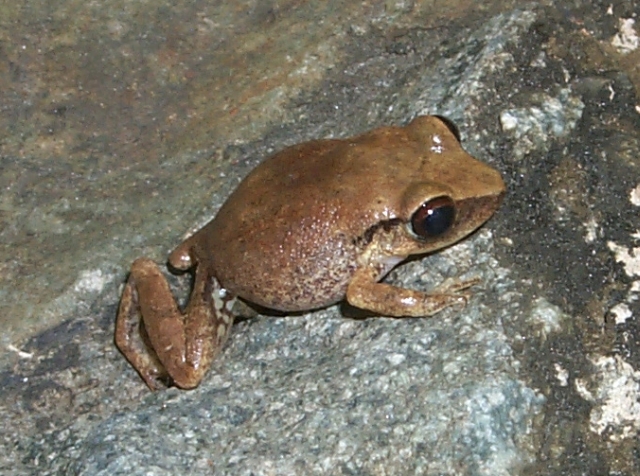Herpetofaunal Inventories of the National Parks of South Florida and the Caribbean: Volume II. Virgin Islands National Park
Abstract/Summary
Amphibian declines and extinctions have been documented around the world, often in protected natural areas. Concern for this alarming trend has focused attention on the need to document all species of amphibians that occur within U.S. National Parks and to search for any signs that amphibians may be declining. This study, an inventory of amphibian species in Virgin Islands National Park, was conducted from 2001 to 2003. The goals of the project were to create a georeferenced inventory of amphibian species, use new analytical techniques to estimate proportion of sites occupied by each species, look for any signs of amphibian decline (missing species, disease, die-offs, etc.), and to establish a protocol that could be used for future monitoring efforts.
Several sampling methods were used to accomplish these goals. Visual encounter surveys and anuran vocalization surveys were conducted in all habitats throughout the park to estimate the proportion of sites or proportion of area occupied (PAO) by amphibian species in each habitat. Line transect methods were used to estimate density of some amphibian species and double observer analysis was used to refine counts based on detection probabilities. Opportunistic collections were used to augment the visual encounter methods for rare species. Data were collected during four sampling periods and every major trail system throughout the park was surveyed.
All of the amphibian species believed to occur on St. John were detected during these surveys. One species not previously reported, the Cuban treefrog (Osteopilus septentrionalis), was also added to the species list. That species and two others (Eleutherodactylus coqui and Eleutherodactylus lentus) bring the total number of introduced amphibians on St. John to three. We detected most of the reptile species thought to occur on St. John, but our methods were less suitable for reptiles compared to amphibians.
No amphibian species appear to be in decline at this time. We found no evidence of disease or of malformations. Our surveys provide a snapshot picture of the status of the amphibian species, so continued monitoring would be necessary to determine long-term trends, but several potential threats to amphibians were identified. Invasive species, especially the Cuban treefrog, have the potential to decrease populations of native amphibians. Introduced mammalian predators are also a potential threat, especially to the reptiles of St. John, and mammalian grazers might have indirect effects on amphibians and reptiles through habitat modification. Finally, loss of habitat to development outside the park boundary could harm some important populations of amphibians and reptiles on the island.
Publication details
| Published Date: | 2005 |
| Outlet/Publisher: | U.S. Geological Survey, Open-File Report 2005-1301, Fort Lauderdale, FL, USA |
| Media Format: |
ARMI Organizational Units:
South Central - BiologyTopics:
Monitoring and Population EcologyPlace Names:
CaribbeanSt. John
U.S. Virgin Islands
Virgin Islands National Park
Keywords:
ecologytrends

